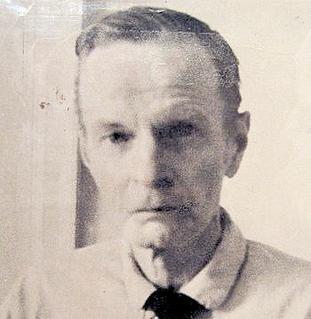
Cornell George Hopley Woolrich was an American novelist and short story writer. He sometimes used the pseudonyms William Irish and George Hopley.
Hardboiled fiction is a literary genre that shares some of its characters and settings with crime fiction. The genre's typical protagonist is a detective who battles the violence of organized crime that flourished during Prohibition (1920–1933) and its aftermath, while dealing with a legal system that has become as corrupt as the organized crime itself. Rendered cynical by this cycle of violence, the detectives of hardboiled fiction are often antiheroes. Notable hardboiled detectives include Dick Tracy, Philip Marlowe, Nick Charles, Mike Hammer, Sam Spade, Lew Archer, Slam Bradley, and The Continental Op.
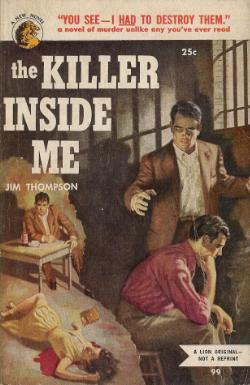
Noir fiction is a subgenre of crime fiction.
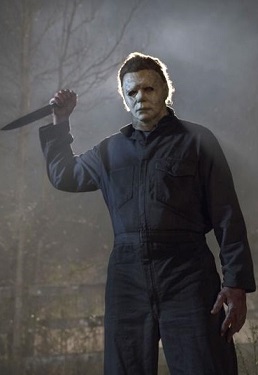
Michael Myers is a character from the slasher film series Halloween. He first appears in 1978 in John Carpenter's Halloween as a young boy who murders his elder sister, Judith Myers. Fifteen years later, he returns home to Haddonfield, Illinois, to murder more teenagers. In the original Halloween, the adult Michael Myers, referred to as The Shape in the closing credits, was portrayed by Nick Castle for most of the film and substituted by Tony Moran in the final scene where Michael's face is revealed. The character was created by John Carpenter and has been featured in twelve films, as well as novels, video games, and comic books.

Colonel Sebastian Moran is a fictional character in the stories written by Arthur Conan Doyle. An enemy of Sherlock Holmes, he first appears in the 1903 short story "The Adventure of the Empty House". Holmes once described him as "the second most dangerous man in London", the most dangerous being Professor Moriarty, Moran's employer.
Black Angel is a 1946 American film noir starring Dan Duryea, June Vincent and Peter Lorre. Directed by Roy William Neill, it was his final feature film. Produced by Universal Pictures, it is set in Los Angeles and broadly adapted from Cornell Woolrich's 1943 novel The Black Angel.

Just Cause is a 1995 American crime thriller film directed by Arne Glimcher and starring Sean Connery and Laurence Fishburne. It is based on John Katzenbach's novel of the same name.
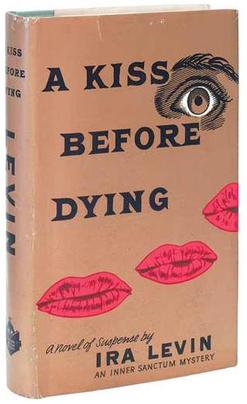
A Kiss Before Dying is a 1953 novel written by Ira Levin. It won the 1954 Edgar Award for Best First Novel.
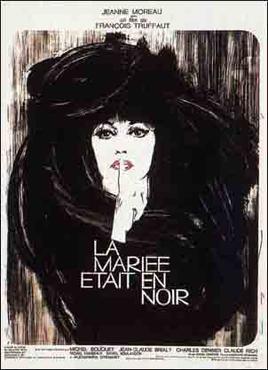
The Bride Wore Black is a 1968 French drama thriller film directed by François Truffaut and based on the novel of the same name by William Irish, a pseudonym for Cornell Woolrich. It stars Jeanne Moreau, Charles Denner, Alexandra Stewart, Michel Bouquet, Michael Lonsdale, Claude Rich and Jean-Claude Brialy. The costumes were by Pierre Cardin.
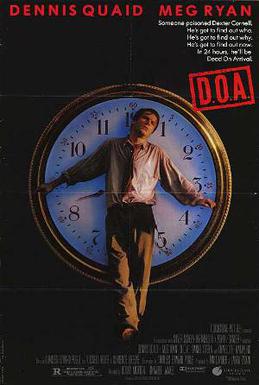
D.O.A. is a 1988 American neo-noir film directed by Rocky Morton and Annabel Jankel. A remake of the 1950 film of the same name, it stars Dennis Quaid, Meg Ryan and Charlotte Rampling, and was filmed in Austin, Texas and San Marcos, Texas. It was theatrically released in the United States on March 18, 1988, to generally positive reviews.
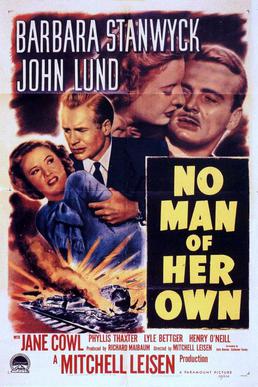
No Man of Her Own is a 1950 American film noir drama directed by Mitchell Leisen and featuring Barbara Stanwyck, John Lund, Phyllis Thaxter, Jane Cowl and Lyle Bettger. Made and distributed by Paramount Pictures, the production is the second film Stanwyck made with director Mitchell Leisen. Its screenplay was adapted from Cornell Woolrich's 1948 novel I Married a Dead Man. Woolrich is cited in the film's opening credits by one of his commonly used pseudonyms, "William Irish".

Jimmie Dale is a fictional character created by Frank L. Packard in 1914. Stories featuring the character were published in magazines including People's Magazine, collected in books, and adapted to film.
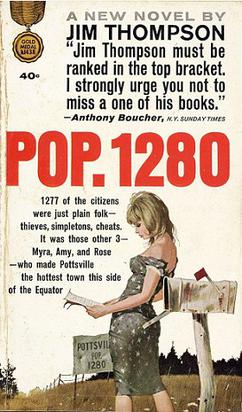
Pop. 1280 is a crime novel by Jim Thompson published in 1964.

Spare Change is a crime novel by Robert B. Parker, the sixth and final novel in his Sunny Randall series published before his death.
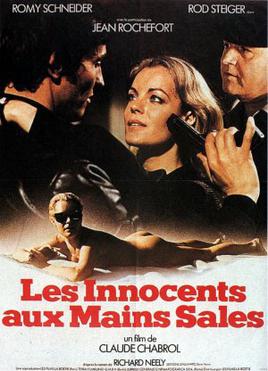
Innocents with Dirty Hands a.k.a. Dirty Hands, or in the original French Les innocents aux mains sales, is a 1975 psychological thriller film written and directed by Claude Chabrol from a novel The Damned Innocents by Richard Neely. It stars Romy Schneider and Rod Steiger.

Fall Guy is a 1947 American crime film noir directed by Reginald Le Borg. The drama features Leo Penn, Robert Armstrong and Teala Loring. The film is based on Cornell Woolrich's short story, "Cocaine."
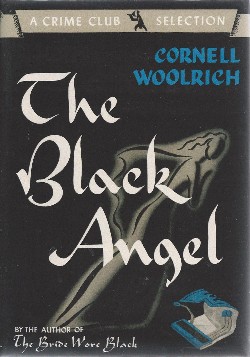
The Black Angel is a 1943 novel by Cornell Woolrich, which was based on two of his own short stories, Murder in Wax and Face Work. Woolrich had reworked many of his short stories into full-length novels, including Black Angel.

"The Bride Wore Black" is the tenth episode of the first season of the American science fiction series Defiance, and the series' tenth episode overall. It was aired on June 24, 2013. The episode was written by Todd Slavkin and Darren Swimmer and it was directed by Slavkin.
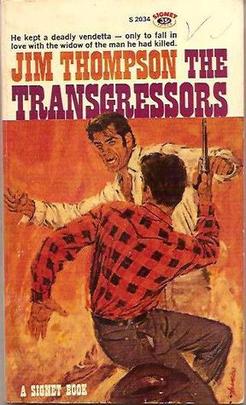
The Transgressors is a crime novel by Jim Thompson, published in 1961. It is one of a very few Thompson novels to feature a traditional love story as a major part of the plot where the lovers have a happy ending together rather than one murdering or betraying the other as is the norm in most of Thompson's novels. As with most of Thompson's novels it takes place in the Southwest (Texas) where Thompson grew up and it leverages Thompson's diverse life experiences in creating the characters and situations in a community dominated by the oil industry.
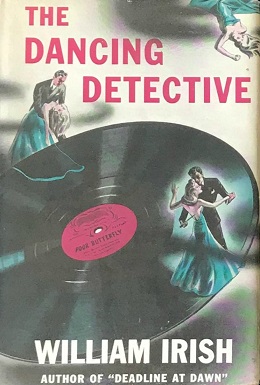
The Dancing Detective is a 1946 short story collection by American crime writer Cornell Woolrich under the pseudonym William Irish. It comprises eight short stories all revolving around Woolrich's trademark themes of suspense, detection, horror and macabre irony.

















